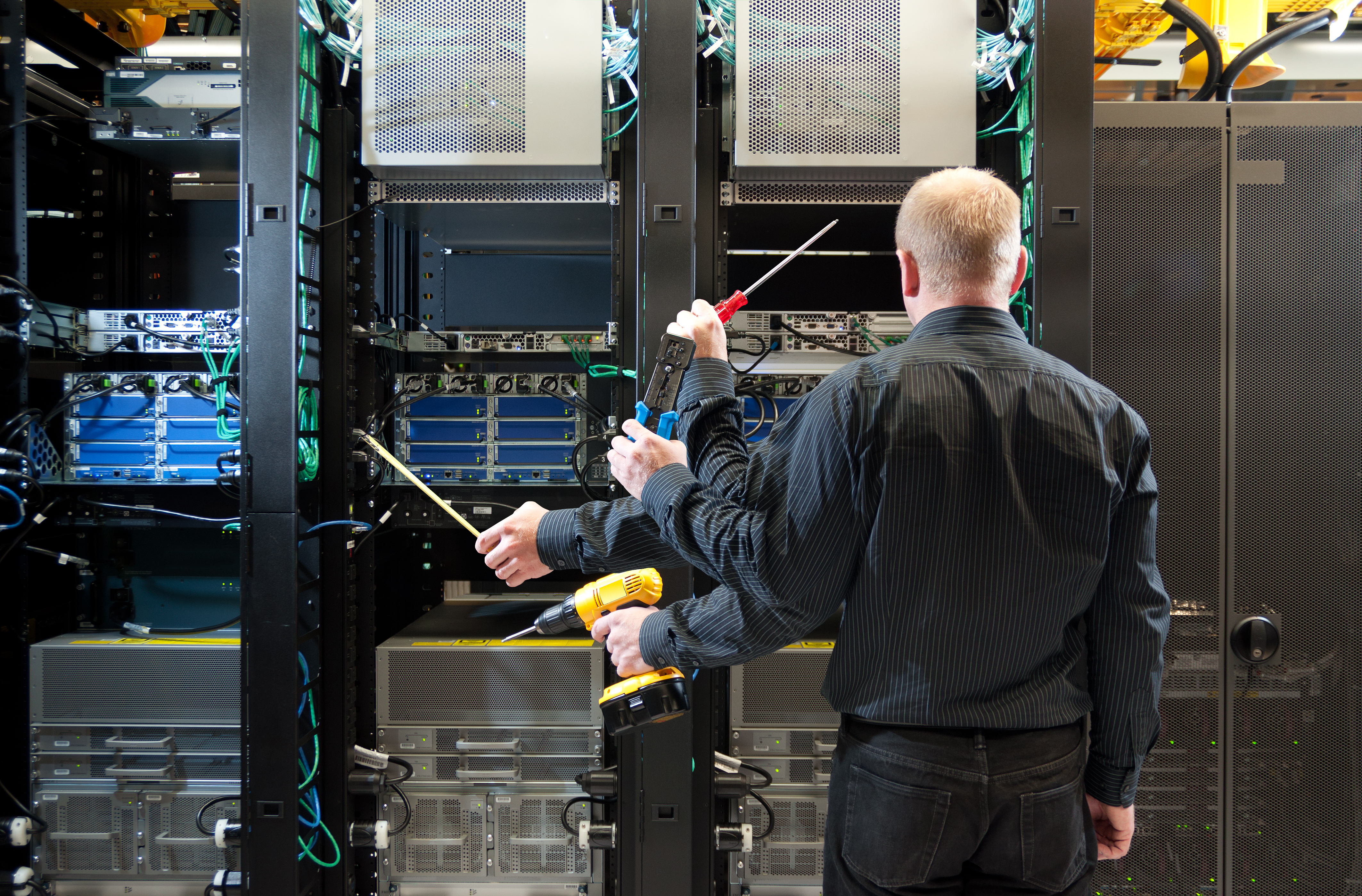June 08
Rapid business growth presents many exciting opportunities, but it also brings a number of structural challenges related to technology infrastructure. New customers, services, and objectives can put tremendous strain on IT systems, eventually leading to the decision to transition data, applications, and equipment into a new data center environment. While a data center migration may sound like a daunting undertaking, heeding a few best practices can ensure that the process goes smoothly and sets your business on a foundation for future success.
Create a Data Center Migration Plan
One of the very first steps towards ensuring a smooth and efficient transition to a new infrastructure is creating a data center migration plan. Such a plan provides a structured roadmap, detailing each phase of the process, from preliminary audits to post-migration monitoring, and allows for the identification and mitigation of potential risks and challenges beforehand. Moreover, a comprehensive migration plan lays the groundwork for stakeholder buy-in, guides resource allocation, and ultimately, mitigates disruption to business operations, underpinning the overall success of the migration endeavor.
Secure Buy-In From All Stakeholders
Securing buy-in from all stakeholders is an integral step in a data center migration. Transitioning into a new environment can have major implications for business operations, it's crucial to obtain the understanding and support of all affected parties. This includes not only the IT department, which is directly involved, but also the business and legal sectors which may be affected by changes in data handling, uptime, or contractual agreements. By ensuring everyone is on board, you can pave the way for a smoother migration process and minimize potential resistance or unexpected issues down the line.
Create a Migration Team
Assembling an interdisciplinary team to manage data center migrations is essential to any effective transition. By involving experts from various fields such as IT, business operations, and site management, you ensure that all critical aspects of the migration are considered from diverse perspectives, reducing the likelihood of overlooking crucial elements. This collaborative approach not only leads to a more robust migration plan but also fosters a shared understanding across departments, promoting smoother execution and seamless post-migration operations.
Perform a Data Center Audit
In order to make the data center move as seamlessly as possible, you need to know everything there is to know about the infrastructure you’re planning to move. A data center audit of key assets can provide these details. Do you have outdated servers that need to be replaced? Will your new data center need to be able to accommodate essential legacy systems prior to data migration? Can you lift and shift some of your applications and data directly into a virtualized cloud environment? Understanding all the characteristics of your infrastructure needs is essential to creating a data center migration plan.
Choose the Right Migration Strategy
After assessing your infrastructure, you can determine the best strategy for your migration. One of the great advantages of a data center migration is that you don’t have to transfer your tech stack to a new location in its current form. A migration is an excellent opportunity to rethink your IT deployment, ranging from upgrading outdated equipment to eliminating it all together and opting for a purely cloud-based infrastructure (or somewhere in between).
Generally speaking, there are three basic types of technology migrations:
1. Physical Migration
Traditional physical data center migration entails the literal relocation of all physical hardware from the old data center to the new one. Although this method can be time-consuming and requires meticulous planning to minimize downtime, it may be necessary if your organization uses proprietary or specialized hardware that cannot be easily replicated or replaced.
2. Cloud Migration
Also known as a virtual migration, this strategy involves transferring data and applications to a virtual environment instead of physically moving hardware. These migrations often result in less downtime and lower costs, making it appealing for organizations looking to optimize their resources.
3. Hybrid Migration
This strategy presents a mix of both physical and virtual migrations. It is particularly useful when certain components need to be physically relocated, while others are more suited to a cloud environment. Hybrid migrations approach offer tremendous flexibility and can be customized to fit unique organizational demands.
To learn more about the next steps in data center migration please go to Part 2 of this article.
Top Data Center Migration Best Practices for a Successful Technology Transition (Part 2)



